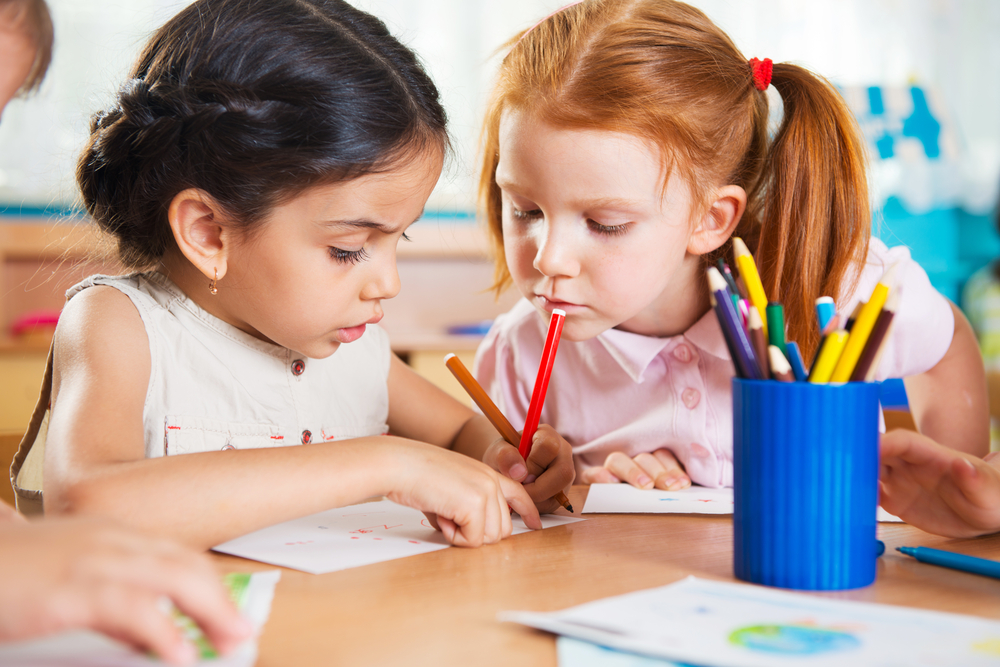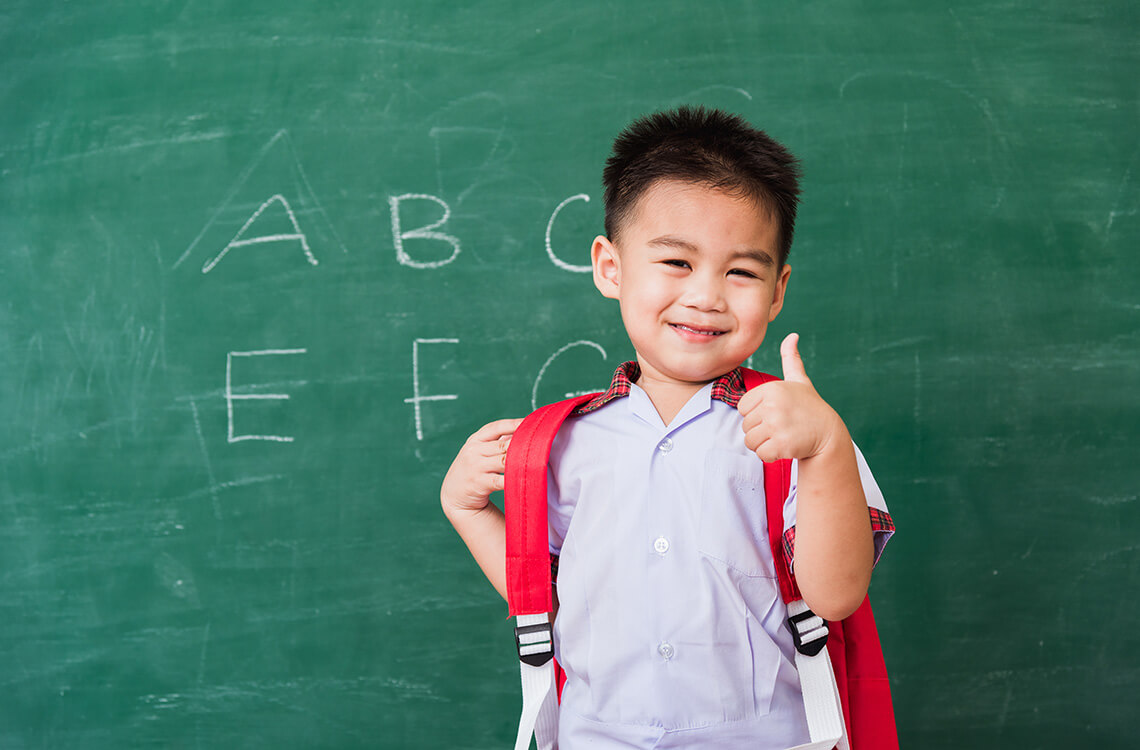What Age Kindergarten? The answer isn’t universally the same. This critical question highlights significant variations in educational systems worldwide, impacting a child’s developmental trajectory and school readiness. This report delves into the diverse entry ages across different countries, exploring the developmental milestones crucial for kindergarten success, and examining the role of early childhood education and parental involvement.
From comparing minimum and maximum kindergarten entry ages across various nations to analyzing the impact of diverse educational approaches on children’s development, we will investigate the crucial factors that influence a child’s readiness for formal schooling. We’ll also provide practical advice for parents and educators alike, offering insights into supporting children’s learning and fostering a positive kindergarten experience.
Kindergarten Entry Age: A Global Perspective
The age at which children begin kindergarten varies significantly across the globe, reflecting diverse educational philosophies and developmental expectations. This variation impacts children’s learning experiences and overall school readiness. Understanding these differences is crucial for educators, parents, and policymakers alike.
Kindergarten Age Variations Across Countries

Source: slate.com
Kindergarten entry age requirements differ considerably internationally. These differences stem from varying educational systems, cultural norms, and developmental assessments. Below is a comparison of kindergarten entry ages in five countries, acknowledging that exceptions and regional variations exist.
| Country | Minimum Age | Maximum Age | Notes on Exceptions |
|---|---|---|---|
| United States | 5 years | 6 years | State variations exist; some states allow early entry with certain criteria. |
| United Kingdom | 4 years | 5 years | Reception class (equivalent to kindergarten) entry varies slightly by region. |
| Canada | 5 years | 6 years | Provincial variations exist; some provinces have flexible entry based on birthdate. |
| Australia | 5 years | 6 years | State-based variations exist; some states offer early entry programs. |
| Japan | 6 years | 6 years | Compulsory education begins at age 6. |
The variations reflect differing educational philosophies, resource allocation, and societal expectations regarding child development. For instance, countries with later entry ages may prioritize a longer period of pre-school development, while countries with earlier entry may emphasize early academic skills acquisition.
Different entry ages impact children’s developmental trajectories. Earlier entry may expose children to formal schooling earlier, potentially accelerating certain skills, but may also increase pressure and potentially lead to early childhood stress if not managed properly. Later entry allows for more extended play-based learning, potentially fostering creativity and social-emotional development, although it may mean a later start in formal academics.
Developmental Readiness for Kindergarten
Children entering kindergarten should exhibit several key developmental milestones to ensure a successful transition. These milestones encompass cognitive, social-emotional, and physical domains.
- Cognitive Development: Basic literacy and numeracy skills (recognizing letters and numbers, simple counting), problem-solving abilities, and an understanding of basic concepts.
- Social-Emotional Development: Ability to follow instructions, interact positively with peers, manage emotions, and exhibit self-regulation.
- Physical Development: Fine motor skills (writing, drawing), gross motor skills (running, jumping), and self-help skills (dressing, eating).
Parents can actively support their child’s readiness through various engaging activities.
Engage your child in playful learning activities such as reading stories, singing songs, playing with blocks, and engaging in pretend play. These activities nurture cognitive, social-emotional, and physical development crucial for kindergarten success. Regular interaction and positive reinforcement are key.
A simple checklist can help parents assess their child’s readiness:
- Can my child follow simple instructions?
- Can my child recognize some letters and numbers?
- Can my child interact positively with other children?
- Can my child dress and feed themselves?
- Can my child express their needs and emotions appropriately?
The Impact of Early Childhood Education on Kindergarten Success, What Age Kindergarten
Extensive research demonstrates a strong correlation between early childhood education (ECE) and kindergarten performance. Children who attend preschool programs tend to perform better academically and socially in kindergarten compared to their peers who haven’t had such experiences.
Preschool programs offer structured learning environments that foster cognitive, social-emotional, and physical development. They provide opportunities for children to interact with peers, develop language skills, and learn pre-academic concepts. Studies consistently show that children who participate in high-quality preschool programs enter kindergarten with a stronger foundation, leading to improved academic outcomes and reduced need for special education services later on.
The optimal age for kindergarten enrollment remains a subject of debate among educators, with some advocating for earlier entry while others prioritize developmental readiness. However, unrelated online searches reveal a surge in inquiries regarding helena craigslist personals , highlighting the diverse range of online activity. Ultimately, the decision on kindergarten age hinges on a child’s individual maturity level and readiness for the academic environment.
For instance, a study published in the journal Child Development found that children who attended high-quality preschool programs scored significantly higher on standardized tests in reading and math throughout elementary school.
Children without preschool experience may face challenges such as difficulties with classroom routines, social interaction, and pre-academic skills. However, with appropriate support and intervention, these children can successfully catch up to their peers.
Addressing the Needs of Children with Different Learning Styles in Kindergarten

Source: com.my
Kindergarten classrooms are diverse, encompassing children with various learning styles. Recognizing and catering to these differences is vital for effective teaching.
| Learning Style | Characteristics | Effective Teaching Strategies |
|---|---|---|
| Visual | Learns best through seeing; responds well to diagrams, charts, and visual aids. | Use visual aids, colorful charts, and graphic organizers. |
| Auditory | Learns best through hearing; benefits from discussions, lectures, and audio recordings. | Use verbal instructions, discussions, and audio-based learning materials. |
| Kinesthetic | Learns best through hands-on activities; enjoys movement and physical engagement. | Incorporate hands-on activities, movement breaks, and manipulatives. |
| Reading/Writing | Learns best through reading and writing; enjoys working with texts and writing assignments. | Provide opportunities for reading and writing activities; use varied text formats. |
Differentiation in the classroom involves tailoring instruction to meet the needs of diverse learners. This might involve providing varied learning materials, adjusting the pace of instruction, and offering choices in assignments. For example, a teacher might offer a visual worksheet, an auditory recording, and a hands-on activity for the same lesson, allowing each child to learn in their preferred style.
The Role of Parents in Supporting Kindergarten Success
Parental involvement is crucial for a child’s success in kindergarten. Parents can support their child’s learning at home through various strategies.
Regular communication between parents and teachers is essential. This communication allows for a shared understanding of the child’s progress, challenges, and needs. Open communication channels ensure that parents and teachers work collaboratively to support the child’s learning. Parent-teacher conferences, regular updates, and informal communication channels are all important tools for effective collaboration.
Parents can also play a significant role in fostering their child’s social and emotional development. Encouraging empathy, conflict resolution skills, and emotional regulation through storytelling, role-playing, and everyday interactions contributes significantly to a child’s success in the social dynamics of the kindergarten classroom.
Kindergarten Curriculum and its Components
A typical kindergarten curriculum encompasses several key subject areas designed to foster holistic development. These areas are often integrated through play-based learning, making learning engaging and relevant for young children.
| Subject Area | Key Skills | Typical Activities | Assessment Methods |
|---|---|---|---|
| Literacy | Letter recognition, phonics, reading readiness, oral language development | Storytelling, reading aloud, alphabet games, writing practice | Observation, informal assessments, work samples |
| Numeracy | Number recognition, counting, basic addition and subtraction | Counting games, number activities, math manipulatives | Observation, informal assessments, work samples |
| Social-Emotional Learning | Self-regulation, empathy, cooperation, conflict resolution | Circle time, role-playing, group activities | Observation, anecdotal records |
| Arts | Creative expression, fine motor skills | Drawing, painting, singing, dancing | Observation, work samples |
| Physical Education | Gross motor skills, coordination, physical activity | Outdoor play, games, movement activities | Observation, participation |
Play-based learning is a cornerstone of effective kindergarten education. It provides opportunities for children to learn through exploration, experimentation, and social interaction. Play fosters creativity, problem-solving skills, and social-emotional development, laying a strong foundation for future learning.
Closing Notes: What Age Kindergarten
Ultimately, determining the ideal age for kindergarten hinges on a complex interplay of developmental readiness, national educational standards, and individual child needs. While there’s no one-size-fits-all answer, understanding the variations in global practices, the importance of early childhood education, and the crucial role of parental support empowers families and educators to make informed decisions that best serve each child’s unique developmental path.
A collaborative approach, emphasizing individual needs and fostering a supportive learning environment, is key to ensuring a successful kindergarten experience for all.
